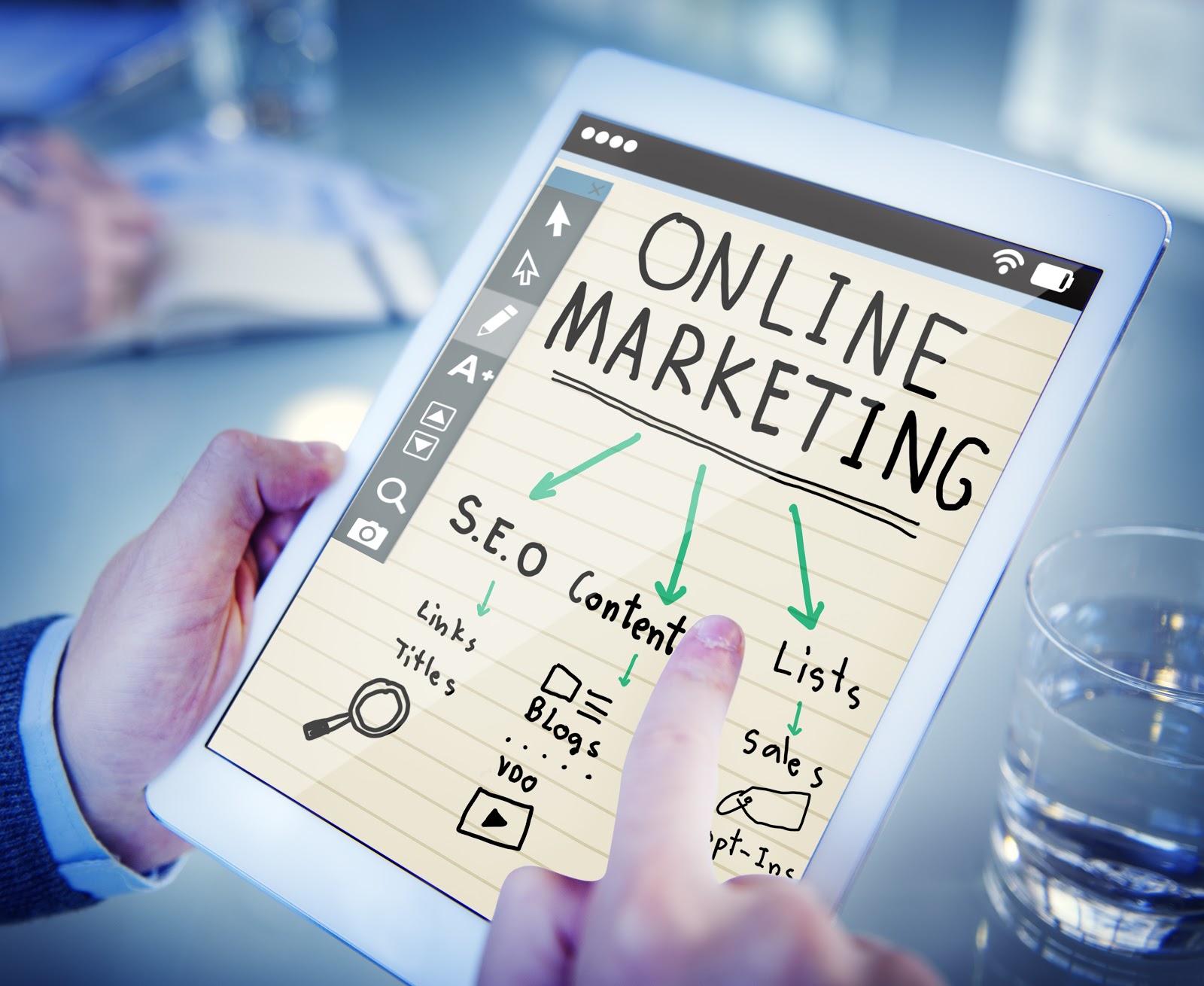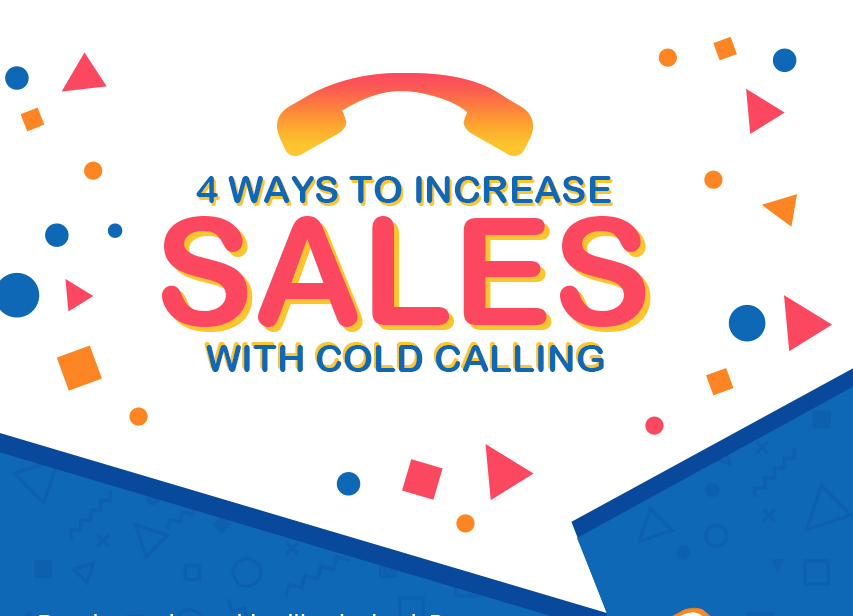Top working 8 business growth hacking strategies
April 6, 2022
Reasons Why You Need Growth Hackers
January 29, 2020
Why you should automate Social Media
January 24, 2020
Should Your Small Business Consider Selling on Amazon?
February 7, 2019
These 7 Questions are the key to Growing Your Business
January 25, 2019
How to Increase User Engagement and Retention
January 11, 2019
Sales Funnels Are Great Tools To Help Drive Conversions
November 30, 2018
How Cold Calling Can Help You Drive More Sales
November 23, 2018









